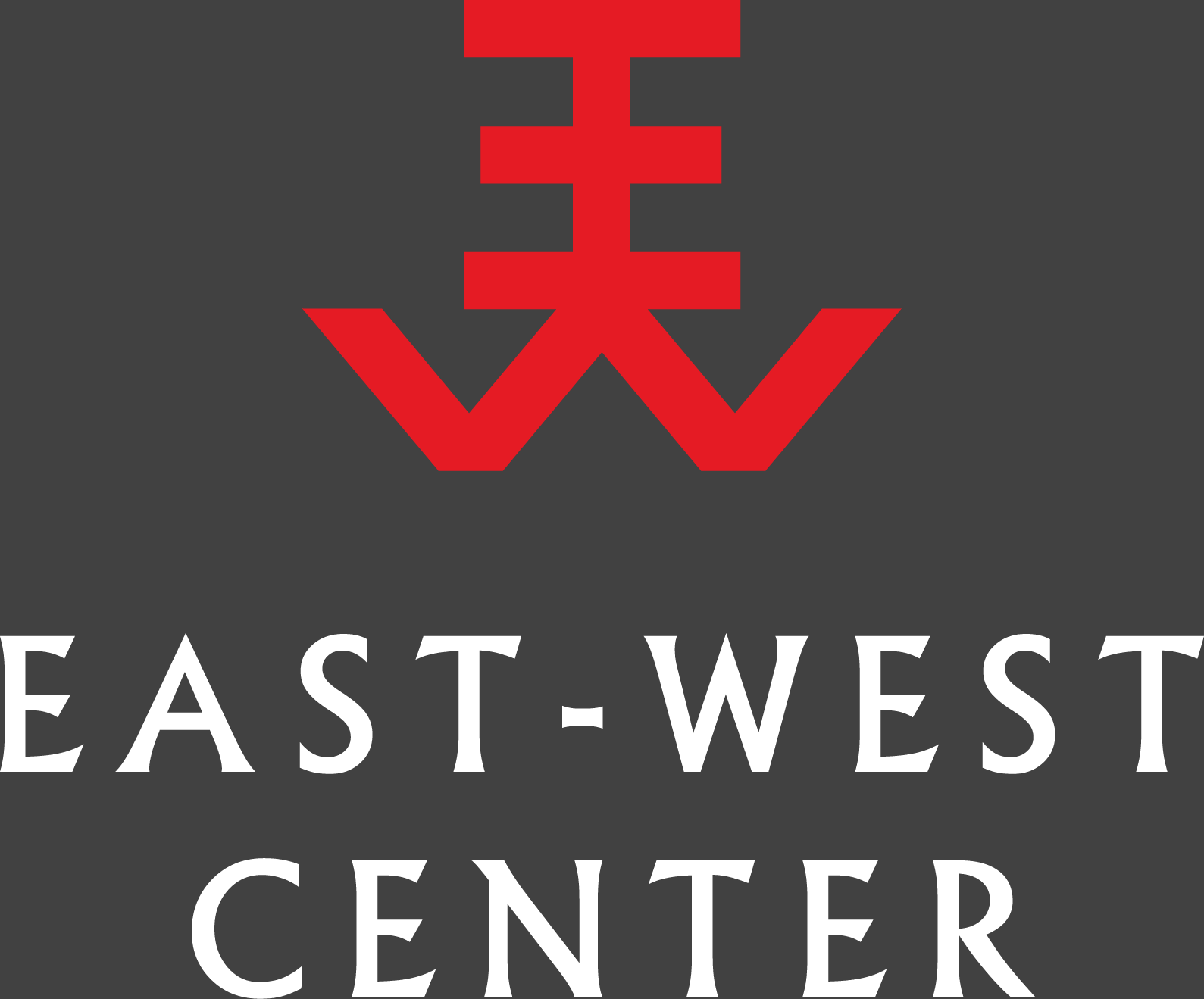►▼ Where is this data from?
This data comes from the South Korean Ministry of Unification (MOU), which regulates Inter-Korean transit through the Inter-Korean Transit Office. Established in 2003, the Inter-Korean Transit Office manages all aspects of cross border traffic including entry and exit procedures, travel permits, and customs inspections.
The data on air, maritime, and overland transit reports the number of annual trips made across the demilitarized zone. Some individuals may account for multiple trips in a given year, such as South Korean factory managers at Kaesong who regularly commute across the DMZ to the complex. North or South Koreans without transit passes have to apply to their respective governments for permission to cross the DMZ, either on an individual or a group basis.
►▼ What are the Donghae and Gyeongui overland routes?
A major component of the first Inter-Korean Summit in 2000 was an agreement to improve inter-Korean transit. In 2003, the governments of North and South Korea began re-construction on the historic Gyeongui and Donghae rail routes and highways, connecting the two Koreas along the west coast and the east, respectively.
The Donghae highway, completed in 2002, was used primarily for bringing South Korean tourists to Mount Kumgang. Since tourism operations ceased in 2008, the highway has been used infrequently. Prior to the completion of the Donghae route, tourists arrived at Mount Kumgang by ferry.
The Gyeongui line connects South Korea to the Kaesong Industrial Complex (KIC). Most of the goods produced at the Kaesong Industrial Complex (KIC) were exported to South Korea via highway, rather than rail. Highway traffic between South Korea and Kaesong has included private vehicles, shuttle buses, and commercial transport vehicles.
►▼ How are maritime and air traffic managed?
The Inter-Korean Liaison Office manages communications for maritime and air traffic control issues between the two Koreas. Direct air traffic between North and South Korea is minimal. The first direct flights between Pyongyang and Seoul took place for the Inter-Korean Summit in 2000. Between 2000 and 2010, inter-Korean airspace was used for transporting relief supplies, occasional foreign diplomatic envoys, or for inter-Korean sporting events. The May 24 Measures imposed by South Korea, in response to the March 2010 sinking of the ROKS Cheonan, restricted inter-Korean air traffic significantly.
In 2005, North and South Korea adopted an Inter-Korean Maritime Agreement, which defined all inter-Korean sea routes as “domestic” and opened shipping lanes between South and North Korean ports. After this agreement went into effect, North Korean merchant ships made 2,165 voyages through South Korean waters, both to visit ROK ports and in transit to third countries. The May 24 Measures banned DPRK ships from ROK waters, as well as inter-Korean trade outside of the Kaesong Industrial Complex. However, inter-Korean maritime transit related to humanitarian aid has continued on a limited basis.





